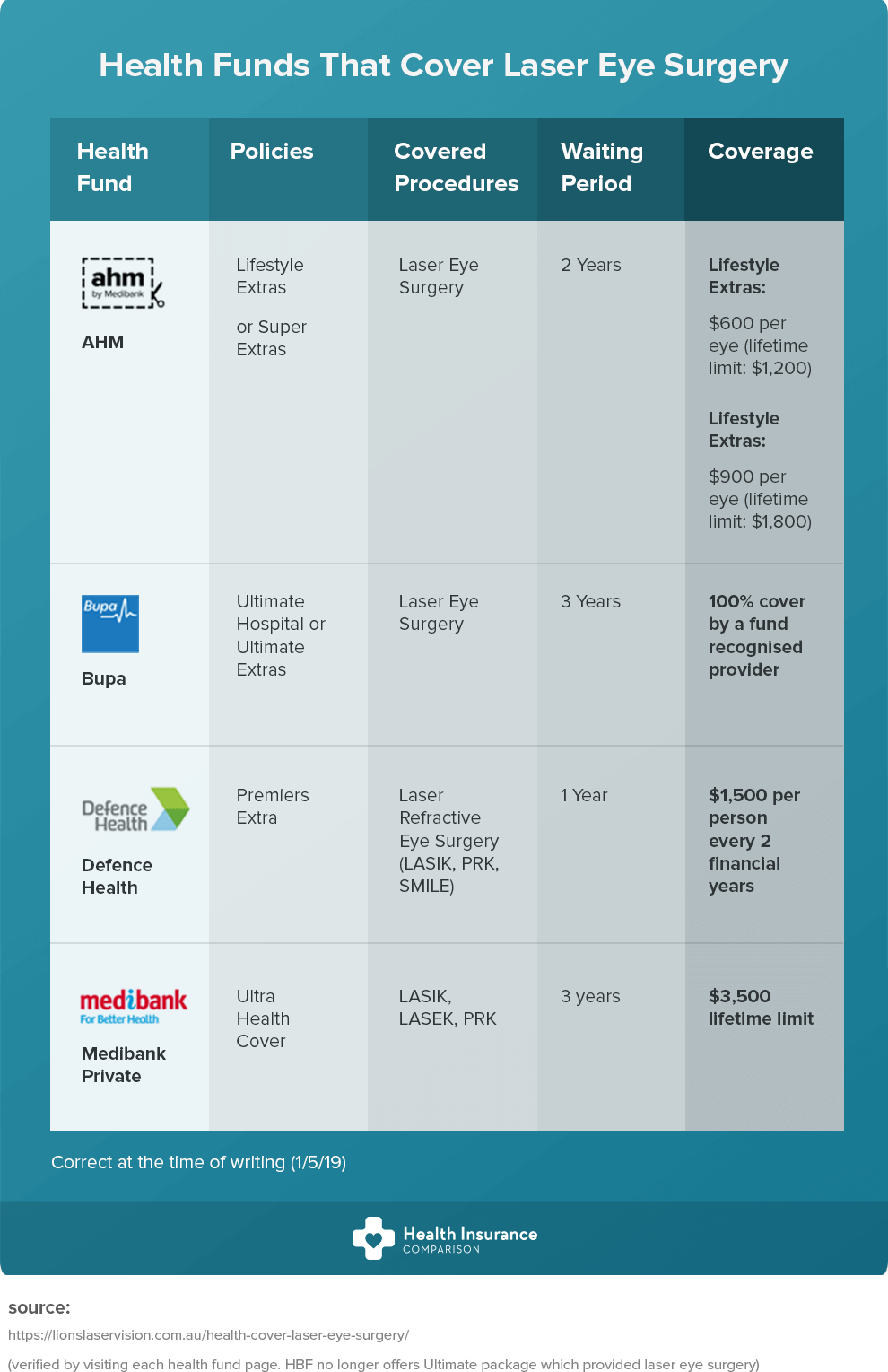Start An Exciting Journey Via The Evolution Of Cataract Surgical Treatment Techniques, From Ancient Origins To Advanced Advancements That Are Improving The Future Of Eye Treatment
Start An Exciting Journey Via The Evolution Of Cataract Surgical Treatment Techniques, From Ancient Origins To Advanced Advancements That Are Improving The Future Of Eye Treatment
Blog Article
Composed By-Mcfadden Maynard
As you discover the advancement of sophisticated cataract surgery strategies, you'll witness a journey noted by resourcefulness and precision. From ancient methodologies that led the way for modern technologies to advanced modern technologies that are reinventing the area, the thorough summary of cataract surgical procedure strategies is a testament to human progression and dedication to boosting individual results. The complex interaction in between historic techniques and futuristic developments creates a fascinating narrative that clarifies the evolution of one of the most usual surgeries worldwide.
Historical Techniques and Developments
Explore exactly how early doctors reinvented cataract therapy by employing innovative strategies and tools. In the past, cataract surgical procedure was a high-risk and excruciating procedure. Nonetheless, is cataract surgery expensive were among the very first to try surgical interventions for cataracts, making use of a technique called 'couching' where a sharp instrument was used to push the cataract back right into the eye. This technique, though crude by today's requirements, laid the groundwork for future innovations in cataract surgical treatment.
As time advanced, Arab doctors made substantial payments by creating specialized needles for cataract removal. These needles were utilized to pierce the cataract and after that extract it from the eye, marking a considerable renovation in surgical accuracy.
Later, in the 18th century, the French cosmetic surgeon Jacques Daviel spearheaded the technique of extracapsular cataract extraction, where the entire lens was gotten rid of undamaged with a bigger cut. This noted a major development in cataract surgical procedure strategies, paving the way for the modern-day treatments we make use of today.
Modern Surgical Approaches
Early techniques in cataract surgical treatment have advanced substantially, leading to the development of contemporary surgical strategies that prioritize accuracy and improved client results. Modern cataract surgery now often entails a procedure called phacoemulsification, where an ultrasonic device breaks up the cataract for elimination through a tiny incision. This strategy permits quicker healing and minimizes the risk of complications contrasted to older techniques.
In addition, making use of advanced intraocular lenses (IOLs) has revolutionized cataract surgery results. These lenses can deal with not just the cataract however additionally various other refractive mistakes like astigmatism, reducing the demand for glasses post-surgery.
cataract surgery under gvp have accessibility to advanced imaging modern technologies that help in precise preoperative preparation and intraoperative decision-making. Optical comprehensibility tomography (OCT) and other imaging modalities give comprehensive images of the eye's structures, enabling a much more personalized approach to each client's surgical treatment. With these advancements, modern cataract surgical procedure methods remain to improve, offering individuals much safer treatments and far better aesthetic end results.
Arising Technologies in Cataract Surgery
With innovations in technology reinventing the area, cataract surgery is observing the integration of innovative methods for improved patient results. Arising technologies in cataract surgical treatment are reshaping the landscape of ocular treatments. One such innovation is femtosecond laser innovation, which enables specific corneal cuts, capsulotomies, and lens fragmentation, bring about improved surgical precision and end results.
In addition, intraoperative aberrometry is gaining popularity, allowing real-time dimensions of refractive mistakes throughout surgery to improve intraocular lens power estimations and decrease postoperative refractive surprises.
Moreover, making use of innovative imaging innovations like optical coherence tomography (OCT) and intraoperative wavefront aberrometry help doctors in specific surgical preparation and execution. These devices offer thorough anatomical information and aid personalize surgical techniques for each person's unique eye attributes.
Furthermore, growths in artificial intelligence are being discovered to aid in preoperative preparation, intraoperative decision-making, and postoperative care, potentially enhancing medical outcomes and patient complete satisfaction. Welcoming these emerging modern technologies in cataract surgical procedure holds promise for further boosting individual end results and making sure the proceeded development of ocular surgical strategies.
Conclusion
As you trip via the history of cataract surgical procedure, you witness the transformation from old practices to sophisticated modern technologies. Like a phoenix climbing from the ashes, cataract surgical treatment has actually developed into a beacon of hope and development.
Just as a caterpillar emerges from its cocoon as a stunning butterfly, cataract surgery has thrived into a polished art kind, offering patients more clear vision and a brighter future.
The advancement proceeds, shining a light on unlimited opportunities.
